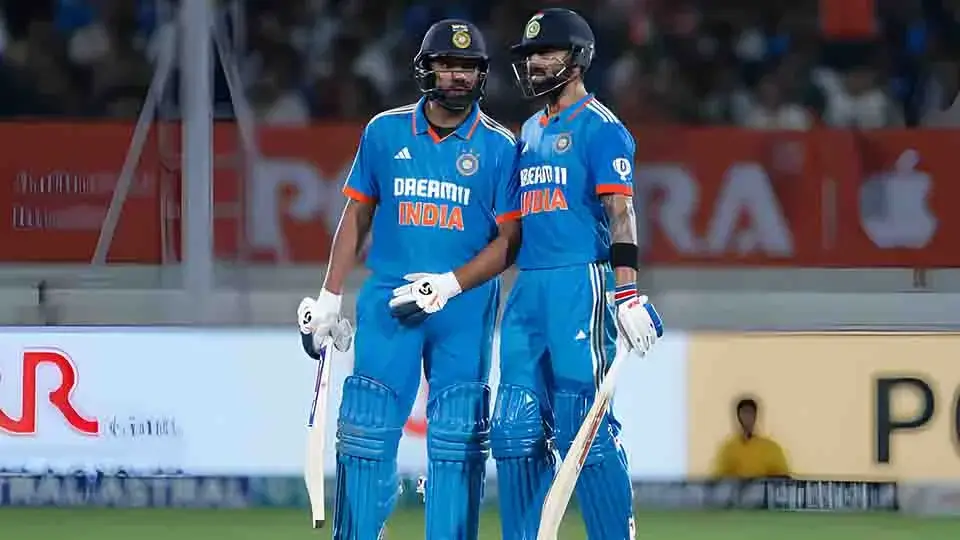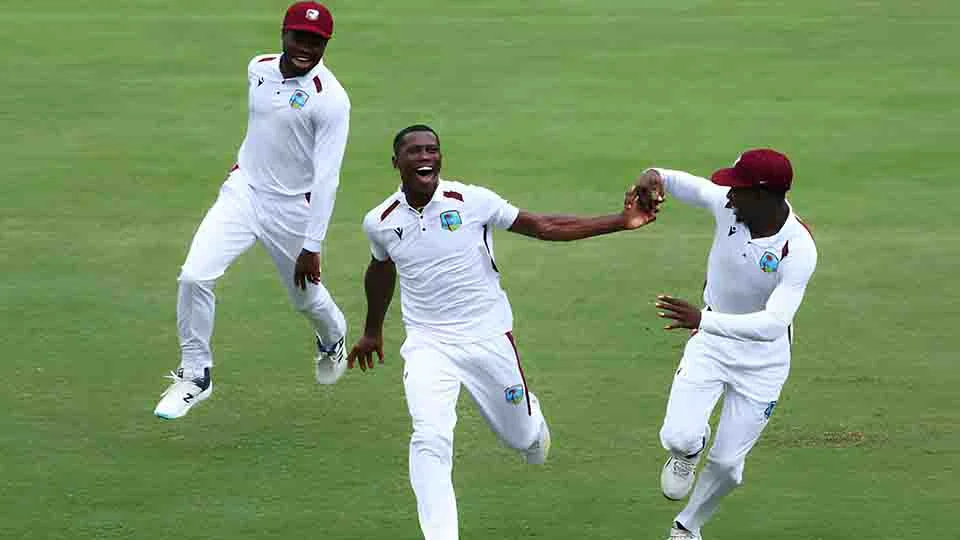The looming T20 World Cup in 2024 has sparked a heated debate in India, particularly regarding the inclusion of senior players such as Rohit Sharma and Virat Kohli. This discussion gained momentum due to India's disheartening exits in the last two T20 World Cups – suffering a 10-wicket defeat against Pakistan in 2021 and facing a similar fate against England in the 2022 semi-final.
Critics argue that the time has come for India to transition away from its reliance on senior players and embrace the wealth of modern T20 resources available. A critical analysis of the powerplay phase, a pivotal aspect in T20 cricket, reveals notable concerns about India's batting performance during this crucial period.
Rohit Sharma, in his 123 powerplay innings for India, has accumulated 2051 runs at an average of 32.0 and a strike rate of 133.0. However, his powerplay performance is marred by a concerning 47.1% dot ball percentage, indicating a struggle to capitalize on opportunities. Virat Kohli's record is equally concerning, with a strike rate of 111.9 in the first four overs and a notable 45% dot ball ratio across 65 innings.
Over the past decade, among batters facing 500 or more balls in powerplays for India, Virat Kohli has recorded the lowest strike rate. Even Shikhar Dhawan surpasses him in both strike rate and the number of sixes.

In the last four T20 World Cups, both Rohit Sharma and Virat Kohli played pivotal roles. However, it's noteworthy that their performances in the powerplay phase haven't lived up to expectations. Rohit Sharma, despite his overall achievements, struggled with a powerplay strike rate of 123.86 in 22 innings. Similarly, Virat Kohli faced challenges, posting a powerplay strike rate of 106.67 in 17 innings.
As the dynamics of modern T20 cricket emphasize the importance of a robust start, the Indian team finds itself at a crossroads. The recent T20 World Cup semi-finals exemplify the significance of a strong powerplay, with India at 38/1 while chasing, only to witness England post 63/0 in their powerplay, ultimately securing victory. England went on to defeat Pakistan in the final, clinching the coveted trophy.
In the wake of these performances, there is a growing chorus among Indian fans demanding a change in the top-order batters to align with the demands of the modern-day game. The data underscores the urgency for strategic decisions in team selection as India gears up for the upcoming T20 World Cup.










